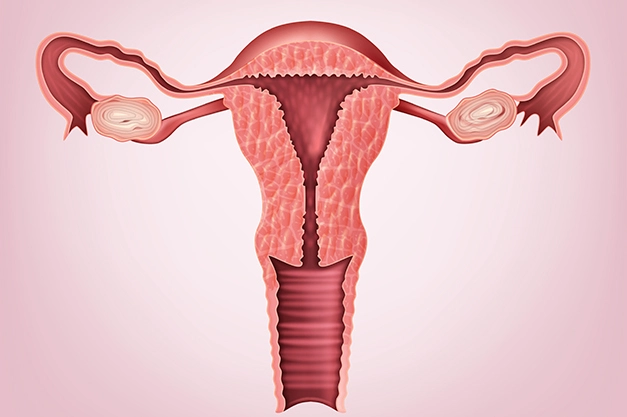
How to Know If You Have Fibroids: Symptoms, Causes, and What to Do
Introduction
Uterine fibroids are more common than most people realise and often go undetected. For many women, especially those between the ages of 18 and 35, symptoms may be subtle or mistaken for other issues like hormonal imbalances or routine menstrual discomfort. Yet, early awareness is crucial. Fibroids can impact everything from daily comfort to fertility if left unmanaged. This guide will help you understand what fibroids are, how to spot the signs, and when to consult a doctor.
What Are Fibroids?
Fibroids are non-cancerous growths that develop in or around the uterus. Medically termed “leiomyomas,” they are composed of muscle and fibrous tissue and can vary in size, from as small as a seed to as large as a melon. Most fibroids develop during a woman’s reproductive years.
Statistically, around 1 in 3 women will develop fibroids by the age of 35, although many will never experience noticeable symptoms. The exact cause is not always clear, but factors such as genetics, hormones (especially estrogen), and lifestyle may contribute.
Important Symptoms to Watch For
Fibroids can produce a range of symptoms depending on their size, location, and number. Here are some of the most commonly reported signs:
Prolonged Menstrual Bleeding
One of the hallmark signs of fibroids is heavy or prolonged periods. If your period lasts more than seven days or involves unusually heavy bleeding, such as soaking through pads or tampons every hour, you may want to consider a fibroid evaluation. This symptom is often overlooked as a “normal period,” but persistent heavy bleeding can signal something more.
Lower Back Pain
Larger fibroids, particularly those growing on the back wall of the uterus, may press against nerves in the lower spine. This can lead to dull, persistent lower back pain, especially during your menstrual cycle. If you experience back pain that coincides with other menstrual symptoms, it’s worth mentioning to your doctor.
Pelvic Pressure or Bloating
Fibroids can create a sensation of pelvic fullness or pressure, similar to the feeling of bloating. In some cases, they may even cause noticeable abdominal enlargement. Women often describe it as feeling "bloated all the time" or "looking pregnant" despite not being pregnant.
Pain During Intercourse
When fibroids grow near the cervix or the top of the uterus, they may lead to pain or discomfort during sexual intercourse. While this symptom can also be linked to other gynaecological conditions, it’s important to investigate further if it persists.
When to See a Doctor / Get Diagnosed
If you’re experiencing any combination of the above symptoms, especially if they interfere with your daily life, it’s time to consult a gynaecologist or fertility specialist. Diagnosis typically involves:
- Pelvic examination
- Ultrasound imaging
- In some cases, MRI or hysteroscopy for further evaluation
Fibroid diagnosis is straightforward and painless, and it provides a clear path forward. Early detection allows for less invasive treatment options and may help preserve fertility if that’s a concern.
Conclusion
Fibroids are incredibly common and thankfully manageable. If you’re dealing with prolonged periods, pelvic pressure, or discomfort that’s hard to explain, don’t ignore the signs. You don’t need a definitive label before seeking help. Early awareness leads to timely treatment, and that can make all the difference in comfort, fertility, and peace of mind.
If you're wondering how to know if you have fibroids, this is your sign to listen to your body and speak to a professional.

